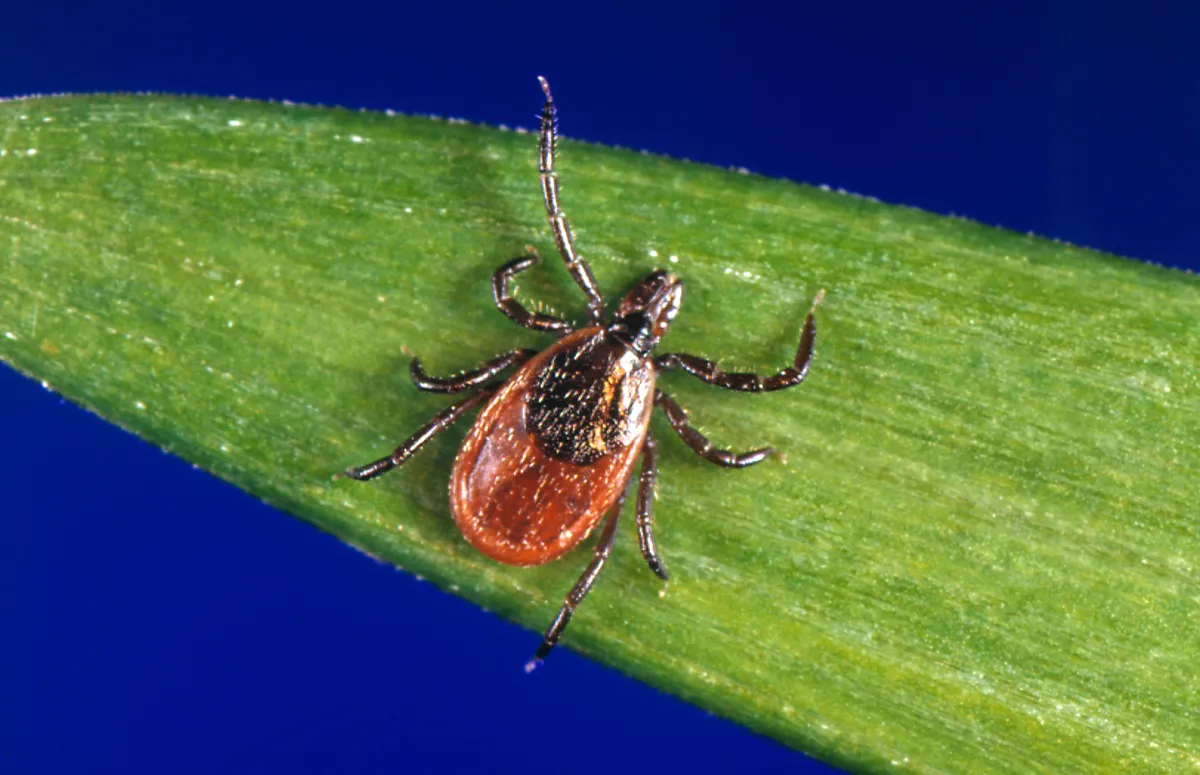
There are two main ways to fight ticks on an island: reduce the animals that host them, or use chemicals that kill them.
The Bangor Daily News reported this week that Islesboro continues to struggle with a rising prevalence of tick-borne illnesses. While residents are understandably concerned about these health risks, questions remain about how the island can effectively manage its deer herd and reduce tick populations.
Islesboro’s large deer population drives high tick density. However, opposition to firearm hunting limits control options.
The Maine Department of Inland Fisheries and Wildlife offers antlerless deer permits for the district that includes Islesboro — hundreds of which remain unclaimed — as well as for other coastal and inland areas with high deer densities.
New hunting regulations now also allow hunters in districts 21–25 and 29 — which includes Islesboro — to harvest either one antlered or one antlerless deer under their big game license. Previously, hunters could only harvest a buck.
On Islesboro, deer hunting is restricted to bow and arrow during the archery, expanded archery and firearms seasons. Since 2011, when Islesboro voted to reduce its deer herd by 80%, the average annual harvest has been 143 through 2024.
A study in Mumford Cove, a coastal peninsula in Connecticut, where deer hunting was previously prohibited, found that allowing hunting with shotguns and archery equipment from 2000 to 2007— including occasional hunting over bait and limited years of unlimited antlerless deer harvests — led to a 76% decrease in tick populations and an 80% drop in Lyme disease cases.
On Monhegan Island, deer were culled between 1996 and 1999, and by 2003, adult ticks had become rare and Lyme disease prevalence dropped to 29%. Recent studies show that while birds occasionally bring ticks to the island, they can’t complete their life cycle due to the lack of suitable hosts. Since the complete removal of deer, only two cases of Lyme disease have been reported.
Managing deer populations can significantly reduce tick numbers, but other methods, like pesticide applications, may complement these efforts. These treatments typically involve acaricides — chemicals that specifically target ticks. Costs per half acre for tick control treatments average $150–$190 in Maine.
The Maine Department of Environmental Protection licenses about 80 companies for tick and mosquito control, though it’s unclear how many serve Islesboro properties.
Pesticides work best against nymphal deer ticks, the stage that most commonly transmits Lyme disease, but also reduce adult ticks. The ideal time to treat for nymphal ticks is mid-May through mid-June, before populations peak. Fall applications are better suited for targeting adult ticks.
Studies from the Connecticut Agricultural Experiment Station show that well-timed treatments can reduce deer tick populations by 70–90%, depending on coverage and frequency.
Although a number of Maine towns have adopted local ordinances to regulate pesticide use, Islesboro — which has the state’s highest rate of tick-borne diseases — has not implemented one. Safety concerns should not discourage use, as properly applied treatments pose little risk to humans, pets or beneficial insects.
Ultimately, controlling tick-borne diseases on Islesboro and other high-risk coastal areas will likely require a multifaceted approach. Combining increased deer management, targeted pesticide use and public education on individual precautions — such as repellents and thorough tick checks — offers the best chance of reducing illness rates and keeping residents safe.